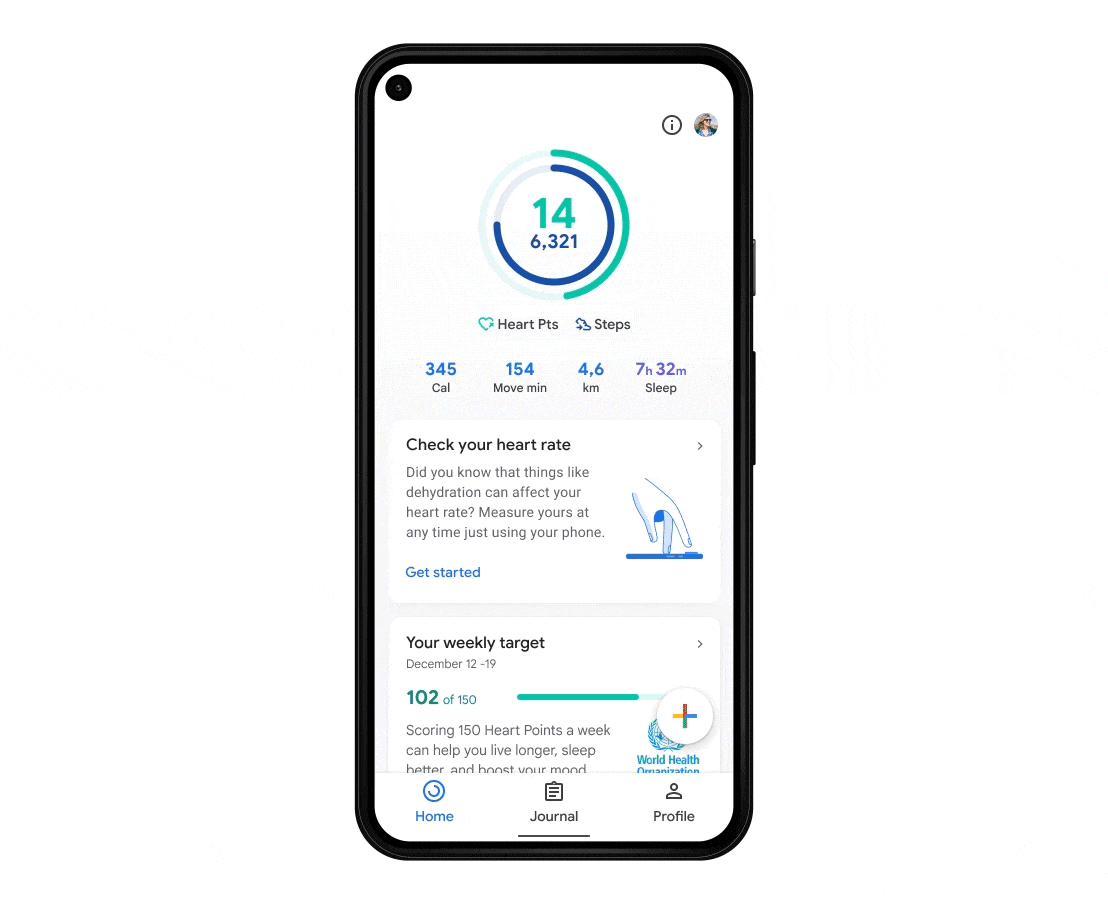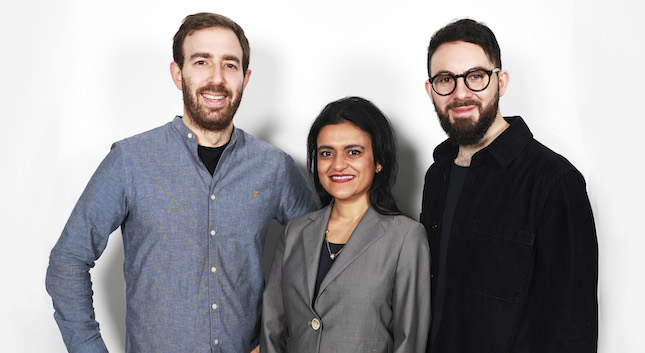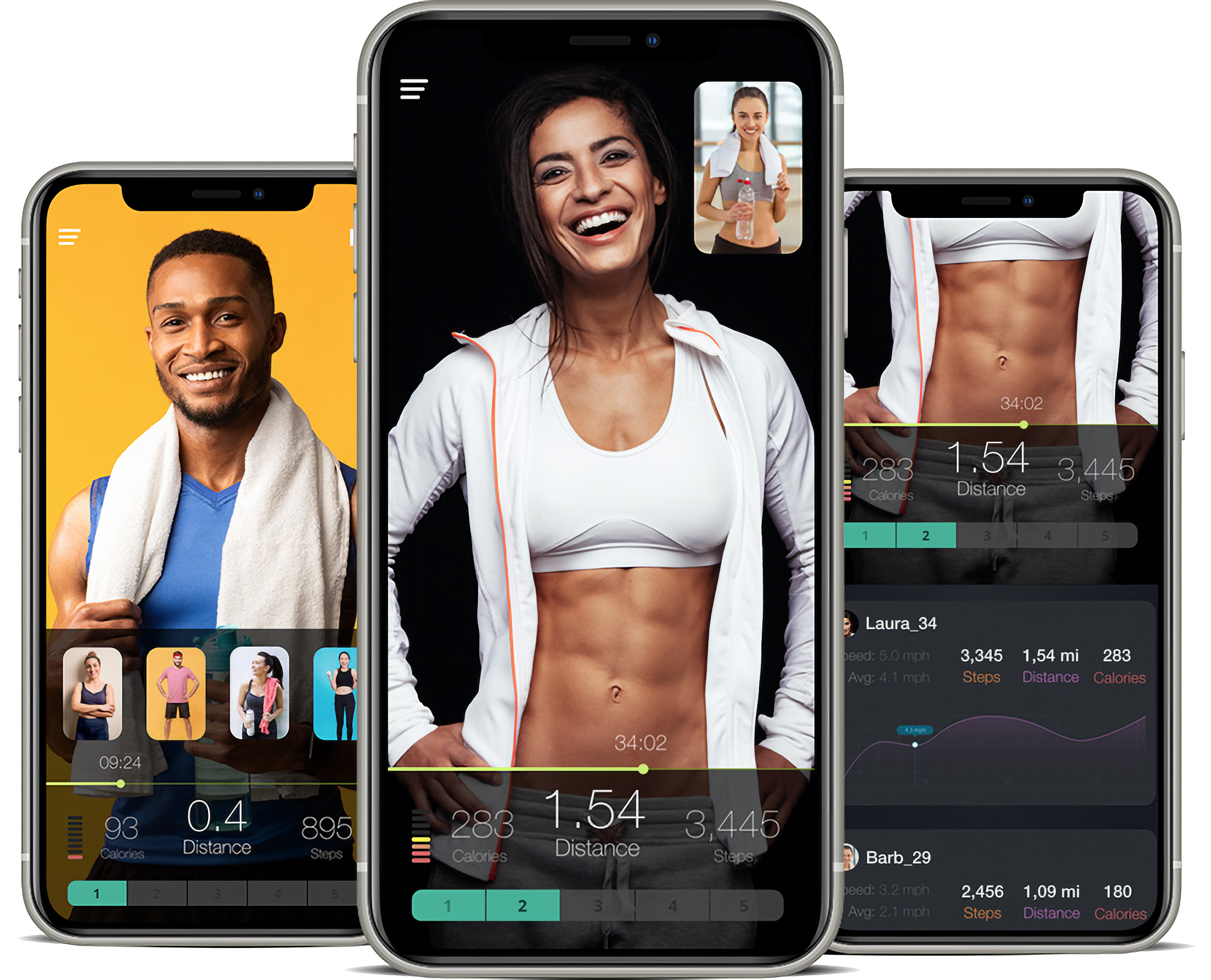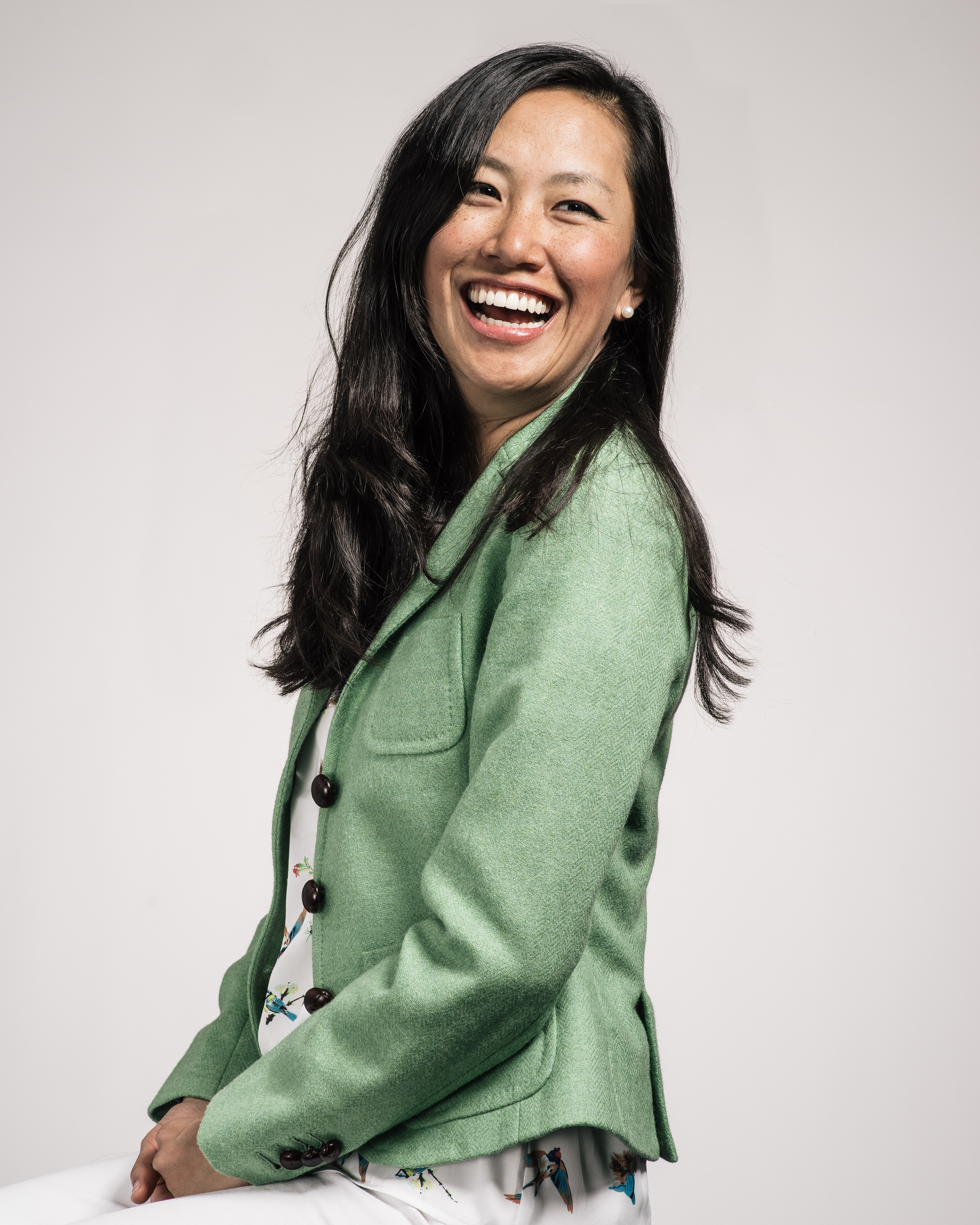Poland-based Telemedico has closed a €5.5 million (~$6.6M) Series A round of funding. The round is led by Flashpoint Venture Capital, Uniqa Ventures, PKO VC, Black Pearls VC (an existing investor) and Adamed.
Telehealth services specifically, and digital health more broadly, have racked up plenty of growth during the pandemic as demand for remote consultations (and other types of support) has accelerated sectoral uplift.
Telemedico, which was founded back in 2014 — but only launched its current b2b model (which is primarily targeted at insurance firms) in 2017 — says 2020 was a record year for its business.
One million consultations were carried out via its platform during the 12-month period, it told us.
Pawel Sieczkiewicz, founder and CEO at Telemedico, says it’s fielding over 100,000 consultations per month at this stage — and is projecting that to increase to 250,000 by the end of 2021.
The platform has been used by more than 900,000 patients to date. While more than 600 doctors currently provide remote consultations for Telemedico.
Services its platform offers include consultations with a doctor via chat, video, telephone; AI-triaging and coordination; and booking of in-person visits and blood testing.
The business has been growing 3x YoY since 2018, per Sieczkiewicz, who says it has carried out more than 2.5 million appointments in total to-date, spanning 10 languages.
It’s expecting to double the size of its (60-strong) team this year, he adds.
The Series A funding will be put towards international expansion — including eyeing potential growth opportunities in LatAm.
Expanding supported languages is part of that plan. (Currently it supports consultations in English, Spanish, Polish, Czech, Russian, Ukrainian, Serbian, Portuguese, Turkish, Arabic; languages it’ll be adding next are: Italian, French, Greek, German, and Romanian.)
Telemedico’s best markets to date are Poland and Spain, per Sieczkiewicz, who says it’s active in 14 markets in total.
“We aim to increase our presence on the markets where we are already active: Spain, Russia, Portugal, Turkey, and launch on new markets, with new languages — mainly EU Countries, like France, Germany, Greece, Italy, and Romania,” he adds.
While there’s a lot of activity in the telehealth space, Telemedico bills itself as one of the only ‘plug and play’ platforms for insurance companies — offering a whitelabel service geared towards a sector that Sieczkiewicz argues may not want to relinquish so much control to brasher, brand-building ‘digital first’ competitors.
“We provide our enterprise customers with a platform they can customise to meet their needs and a network of over 600 doctors who speak 10 languages that they can mix with their own network,” he tells TechCrunch. “We help our customers strengthen their value chain, so they can stand up against digital-first insurance companies who have been emerging for the last couple of years.
“The top three competitors are Babylon Health, KRY, and Pushdoctor. They represent a B2C approach, with a strong local presence. They are also building strong brand awareness around the service, and force insurance companies to let their customers leave their ecosystem. From the feedback that we receive from insurance companies, this isn’t their favourite way of organizing the patient flow.”
“One major drawback for insurers using the Babylon-style setup is that in the future, Babylon might be able to begin offering insurance cover directly to consumers, cutting out the original insurance companies themselves — similar to how digital-first insurance companies like Oscar Health operate,” he adds.
Telemedico says its system can be deployed within around 48 hours — letting insurance firms and other enterprise customers offer a telehealth platform that gives their users access to web and mobile white-label patient portals; online consultations; medical documentation storage; in person visits; automated triaging; and symptom checker tools.
The startup also offers insurance companies access to an ‘insurance product creator’ to manage variants of their current product suite for specific groups of users.
Telemedico says its platform is used by “a number” of health ministries around the world, as well as PZU, Allianz, AXA, Metrored, Compensa, TU Zdrowie and more than 50 other insurance and medical assistance companies (“mostly” within the telemedicine space).
It does also offer a direct-to-consumer telehealth service in Poland, via the public healthcare system — where consultation fees are covered by the insurance of the publicly funded National Health Fund of Poland (i.e. free at the point of use for patients).
It also offers consultations via a fee-for-service model. Sieczkiewicz says its USP is “that we are built on three foundations: B2B, whitelabel and cross-country services”.
“Telemedico is primarily a B2B company,” he continues. “The majority of our business comes from recurring enterprise customers, such as insurance companies, banks, pharmacies and other companies who either offer health services and want to improve them with a digital layer or want to offer health services to their digital offering.
“We see a huge trend among insurance companies, that add new healthcare products to their offers. We help create those products with our so-called ‘insurance product creator’, providing them with tools for setting up and management of their digital health services, patient flow, and more.”
He also says the ‘plug and play’ style SaaS platform supports a modular approach — enabling the target b2b users to zero in on the most useful aspects of its platform for their particular customer case (be it telemedicine, drug ordering or automated triage).
The software can be completely integrated into a customer’s platform or run as a stand-alone product, he adds.
“Telemedicine is no longer an add-on to insurance packages but in many countries the first touchpoint with medical services — a way to increase patients satisfaction and decrease costs for the insurer,” Sieczkiewicz suggests.
Commenting on the Series A funding in a statement, Michael Szalontay, general partner at Flashpoint VC, said: “We are convinced that telemedicine will become a primary distribution channel for medical services in the next decade and Telemedico is poised to become a European leader in this domain. We are proud to become Pawel’s partner in Telemedico, he has an amazing energy and conviction, and in our experience, such gumption is a prerequisite for success.”
“This decade will be the Golden Twenties for telemedicine,” added Dr. Andreas Nemeth, general partner at UNIQA Ventures, in another supporting statement. “The potential is enormous and telemedi.co is already setting standards here today. telemedi.co has the right product, the right team and the right culture to support insurers in providing seamless telemedicine services. We are therefore delighted and proud to be able to follow the path together in the future and pleased to be able to become a part of the company’s international growth story.”

 While Lemonade has appreciated greatly from
While Lemonade has appreciated greatly from 




